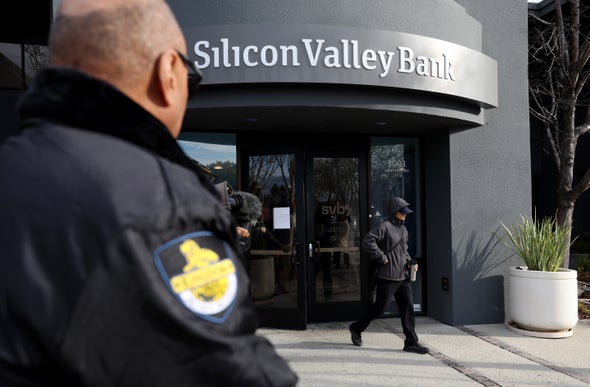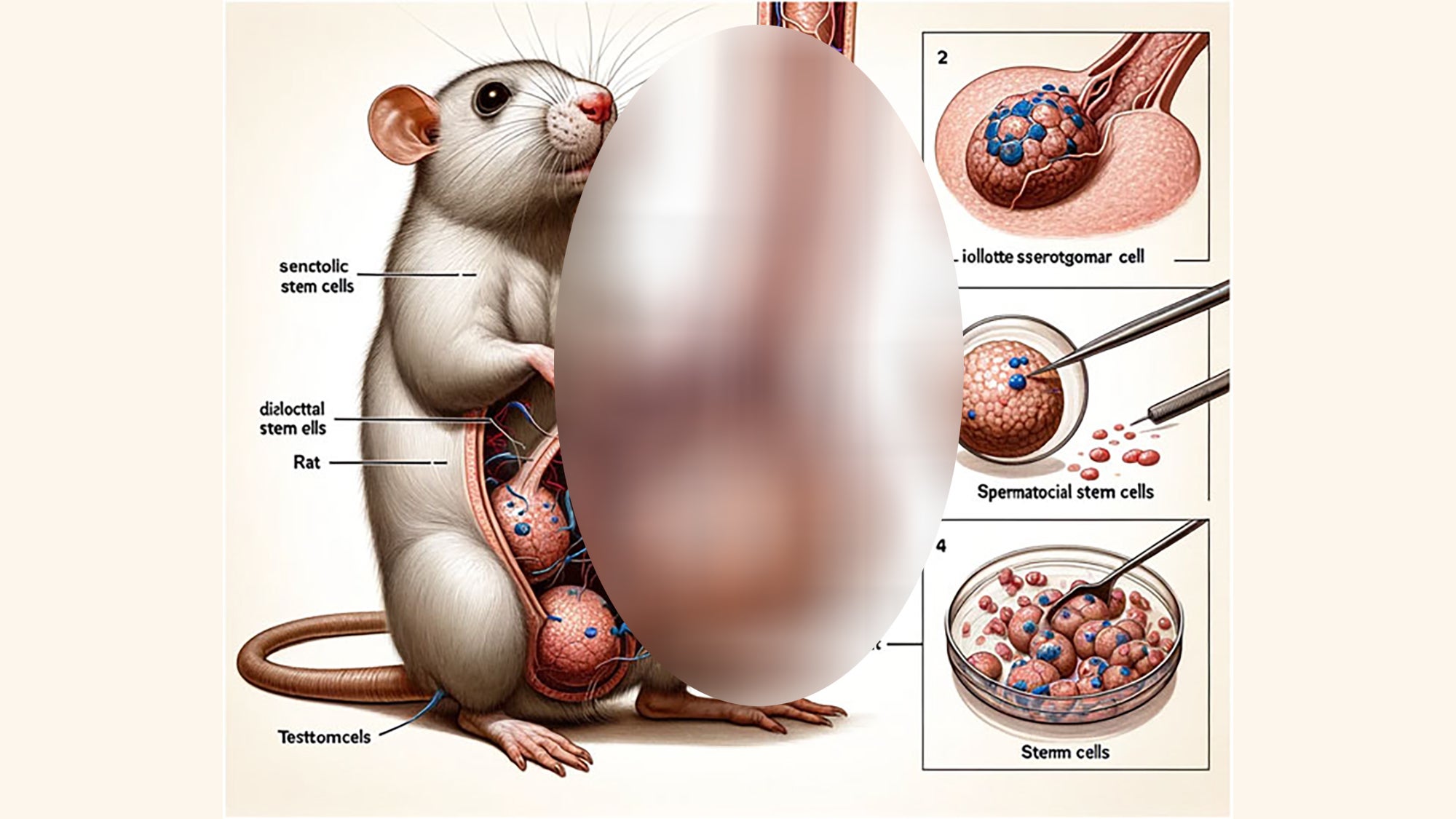Bailouts mean customers’ deposits are safe, but the Silicon Valley Bank’s demise has sparked concern about future investment in small tech companies

The collapse of Silicon Valley Bank (SVB) late on 10 March sent science and technology start-up companies into chaos, and has left many questioning where investment will come from in future.
Regulators closed the bank after several days of turmoil following an announcement that it needed to raise US$2 billion to cover debts due to rising interest rates. This led to a run on the bank as several large venture-capital firms advised their clients to withdraw funds.
SVB was known for funding technology start-ups. Its location in Silicon Valley, a region in the San Francisco Bay Area of northern California, meant that many of these were green-energy or biotech companies.
The situation after the collapse was “absolutely terrifying”, says Ethan Cohen-Cole, chief executive of Capture6, a clean-technology start-up in Berkeley, California, that is developing ways of capturing carbon dioxide directly from the air . “Your first thought is: ‘This is the end of your company.’”
But on 12 March, the US government announced that it would guarantee deposits with the bank, reassuring its former customers. Although relieved, Cohen-Cole doesn’t think this was necessarily the right thing to do to ensure long-term investment in companies such as his. “They’re perpetuating the problem,” he says. The rescue plan covers immediate cash-flow problems such as paying employees, but the next step remains unclear, he says, adding that he would like to have seen the government bolstering existing lending programmes for small businesses. Cohen-Cole predicts that investors will back away from investing in small companies, and this will inevitably affect small start-ups working on climate solutions.
HSBC buyout
In the United Kingdom, events have played out slightly differently. On 10 March, the Bank of England announced that SVB’s UK arm would go into liquidation, meaning catastrophic losses for SVB’s customers. But a frantic weekend of lobbying and discussions by the country’s tech leaders meant that, by 13 March, SVB’s operations there had been rescued by HSBC bank — which bought SVB UK for £1 ($1.20), allowing all banking operations to carry on as before.
Sebastian Weidt, chief executive of Universal Quantum, a quantum-computing start-up in Brighton, UK, which had millions of pounds deposited with SVB UK, says he had a very stressful weekend. “We had to work under the assumption that our money would be gone, which means we had to find ways to recapitalize Universal Quantum,” he says. The company was in the fortunate position of having revenue streams after securing a €67-million ($72-million) deal with the German Aerospace Center based in Cologne (although these funds were no longer needed once HSBC had stepped in).
Samira Ann Qassim, co-founder of Pink Salt Ventures in London, which invests in early-stage female-led tech enterprises, advises companies to hold accounts with different banks to avoid this situation arising in future. “That’s the only risk protection that you can take,” she says. Early-stage start-ups would have been hit the hardest had the UK government and HSBC not brokered the deal, she adds. “It could have been a few years of absolute chaos.”
Aileen Ryan, chief executive of Preoptima, a UK-based start-up that develops design tools to reduce the carbon footprints of new buildings, says that she still plans to bank with SVB UK under its new ownership. But she intends to spread funds across a number of banks in future.
Broader issue
The SVB collapse is symptomatic of the troubles facing the wider financial environment, says Matt Lilley, president of Hult Business School in London. “The environment was getting much tougher for venture-capital funding,” he says. “I think [the collapse] is an effect rather than a cause, and the broader cause is rising interest rates.” He predicts that even without SVB, decarbonization start-ups will continue to attract investment in the United States, because of the US government’s Inflation Reduction Act, which incentivizes investment in clean technology.
Nevertheless, climate-tech entrepreneurs remain nervous, says Cohen-Cole. “While the lending capacity of SVB can be replaced by other institutions, the potential retrenchment in lending broadly could be damaging. The pity is that SVB was a unique case, not a reflection of the climate-tech space, nor of the economy in general. As a result, I’m confident that other capital providers will ultimately learn of this uniqueness and seek to replace any SVB lending quickly.”
This article is reproduced with permission and was first published on March 14, 2023.
ABOUT THE AUTHOR(S)
Katharine Sanderson is a freelance journalist based in Cornwall, UK.
Note: This article have been indexed to our site. We do not claim legitimacy, ownership or copyright of any of the content above. To see the article at original source Click Here













